Welcome to Manic Monday! Today, my guest blogger Danielle Kazemi is chatting it up about balance – healthy balance of action and non-action sequences in a novel. Danielle is the author of the Soldiers of Legend series (scifi adventure) and Dragon's Fire (urban fantasy). She spends what free time she has playing role playing games with her husband and wondering how she can convert it into her next book.
Her e-book can be found here on Amazon: http://www.amazon.com/gp/aw/d/B004ULVH3E
Healthy Balance of Action and Non-Action by Danielle Kazemi:
When writing fiction involving fighting such as an adventure book, try to keep a healthy balance between the action and the non-action. It is a very hard thing for people to understand when writing. Too little action and your book is a dull read. Too much and your audience becomes bored with the overkill of it. This is also seen in a lot of movies where the director adds in body upon body and the audience zones out after a while.
One thing I found that helps is to look at the different acts in your book. Most books have at least two, usually three acts. They are broken down into very simplistic terms so the audience can follow along. These usually happen without forcing it such as a solution found, change in plans, or even something as simple as moving to a new locale. Not all situations have to be solved in any of these acts. A few authors get away with leaving the readers on a cliffhanger at the end of the novel as a whole.
For those who are wondering what a basic breakdown would be of an act, it is basically non-action then action. The non-action area is filled with background, character development, and anything else an author can think of. The action section is of course filled with the gun fights, explosions, and all out brawls. This is where creativity really shines.
That is what you need to do when you are writing action. There must be a down period to learn more about the characters, if any changes have happened, even describe the scenery if they changed locales. You have to build something first for people to become attached to. Once the audience is comfortable with where things are then you can start destroying it.
Mix up the action as well. I write superhero fiction and it is so easy to have my characters blast each other with electricity and fireballs all day. Yet it would be an incredibly boring read. My readers would get annoyed that every situation calls for the superpowers to be used. Instead, I have them brawling with one another, using weapons, anything else the scene calls for. That way I don't get bored writing it and my readers stay entertained.
Another note is not to plow through nameless extras in your book. There is no body count award in books. It adds to the desensitization of your audience. I read one book lately, name I will not mention, which the main character plows through characters as though he didn't have a care in the world. That makes him unrealistic. I felt disconnected from him and in the end, I didn't care what happened. Too much violence for there to be an actual story hidden in there.
Keep your action reserved for scenes which need it. There is no reason walking down the street every time results in a brawl. Have your characters use their brains as well and see if they can get out of situations that way. It will add more depth to them. Pacing makes perfect.
Thanks for swinging in today! Join me later this week when I dish it up with N.R. Wick!
Until Then
Ciao
JET
Subscribe to:
Post Comments (Atom)





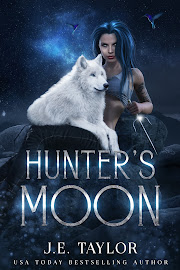





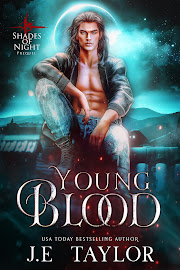
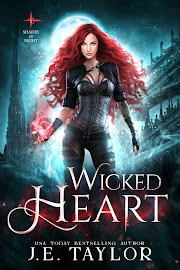
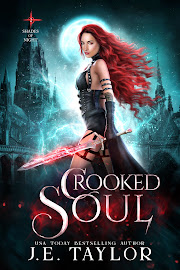
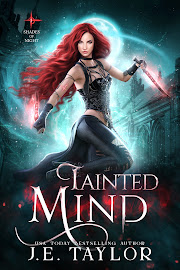
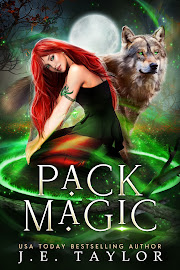


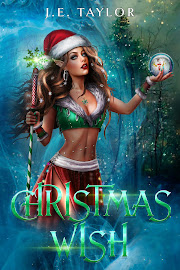
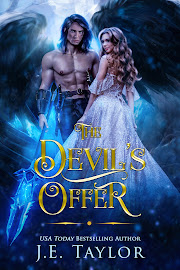

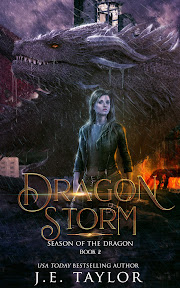





















































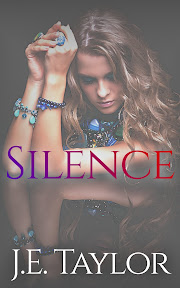


No comments:
Post a Comment